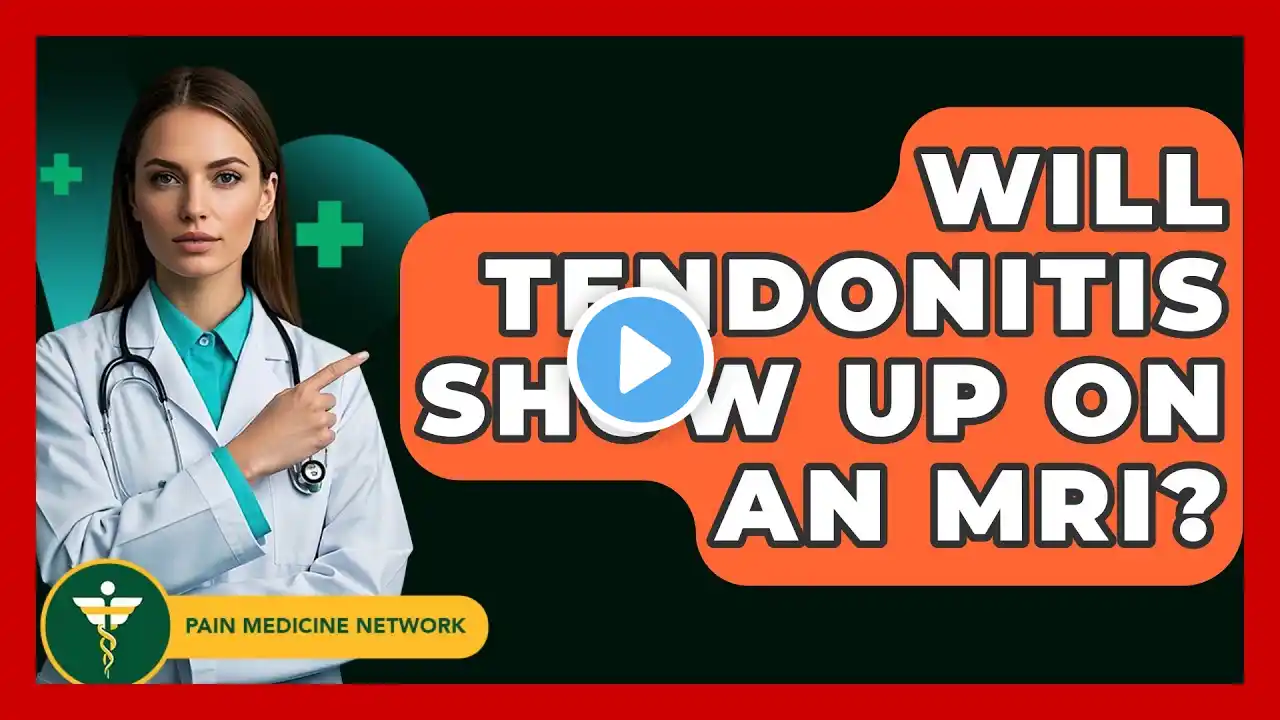
Can An MRI Show Nerve Damage In Leg? - Pain Medicine Network
Can An MRI Show Nerve Damage In Leg? If you're dealing with pain, numbness, or tingling in your leg, understanding the role of MRI in diagnosing potential nerve issues can be incredibly helpful. In this informative video, we will discuss how MRI technology works and its effectiveness in identifying nerve damage. We will break down the process, explaining how MRI uses strong magnetic fields and radio waves to create detailed images of the body's internal structures, particularly focusing on the peripheral nervous system. You'll learn about the different types of nerve damage that can be detected through MRI, including traumatic injuries, compression, and inflammation. We will also highlight the significance of signal intensity variations in identifying damaged nerves and the role of MR neurography in diagnosing peripheral nerve disorders. Additionally, we’ll cover common conditions like sciatica and how MRI can help visualize the underlying issues affecting the sciatic nerve. This video aims to provide you with a clear understanding of how MRI can assist in diagnosing nerve damage in the leg, guiding you towards the right treatment options. Don't forget to subscribe for more helpful information on pain management and medical imaging! ⬇️ Subscribe to our channel for more valuable insights. 🔗Subscribe: https://www.youtube.com/@PainMedicine... #MRI #NerveDamage #PainManagement #Sciatica #LegPain #MedicalImaging #PeripheralNerve #HealthInformation #NerveInjury #DiagnosticImaging #PainRelief #Neurography #CompressionSyndrome #SpinalHealth #InjuryRecovery About Us: Welcome to Pain Medicine Network, your trusted source for comprehensive information on pain management and treatment options. Our channel is dedicated to exploring the latest advancements in pain medicine, offering insights into innovative therapies, research breakthroughs, and expert interviews. Please note that our content is purely informational and should not be considered medical advice. Always consult a healthcare professional for personalized guidance and do your own due diligence when it comes to your health and treatment options. The content provided is for general informational and educational purposes only. It is not intended to substitute for professional medical advice, diagnosis, or treatment. Never disregard professional medical advice or delay seeking it because of something you have seen in this content. Never rely on this information in place of consulting with qualified healthcare professionals. The creators and distributors of this content are not responsible for any adverse effects or consequences resulting from the use of any suggestions, preparations, or procedures described in this material. Always consult with your healthcare provider before starting any new health-related practice or program.


















